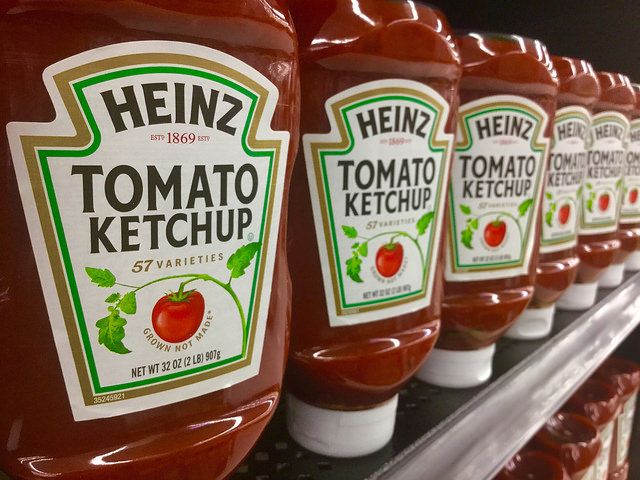Kraft Heinz targets 100% sustainable packaging by 2025
The Kraft Heinz Company is upping its game on the circular economy.

The Kraft Heinz Company is upping its game on the circular economy.
According to a statement this week, the manufacturer has committed to making all its packaging “recyclable, reusable, or compostable” within the next eight years.
Kraft Heinz joins a group of other companies, including Coca-Cola, Mars, and L’Oréal, which used the World Economic Forum in January to make the same pledge.
As the fifth-largest food and beverage company in the world, its pledge could be a major step towards transforming the global industry. It's responsible for brands including Capri Sun, Kool-Aid, and Jell-O.
McDonald’s also made a similar commitment earlier this year, stating that it was their “responsibility to use our scale for good.”
“Our collective industry has a massive challenge ahead of us with respect to packaging recyclability, end-of-life recovery and single-use plastics,” said Bernardo Hees, CEO at Kraft Heinz. “Even though we don’t yet have all the answers, we owe it to current and future generations who call this planet ‘home’ to find better packaging solutions and actively progress efforts to improve recycling rates. That’s why Kraft Heinz is placing heightened focus on this important environmental issue.”
Kraft Heinz has made initial progress by reducing packaging weight by 50,000 metric tonnes across its operations. Its European arm is working on making the popular Heinz Tomato Ketchup bottle more sustainable by using recycled material that can be used again as packaging.
Along with its new packaging pledges, Kraft Heinz will begin a process of setting new targets to reduce its greenhouse gas emissions in line with the Paris Agreement. The company has announced it will work with the Science Based Targets initiative to ensure it can decarbonise in the most effective and evidence-based manner.
“We found that most of our emissions are coming from areas outside our direct operations. To truly succeed as champions of sustainability, we will look at our full value chain and determine where we can make the greatest impact for our planet,” added Hees.
Photo Credit: Mike Mozart/CC






